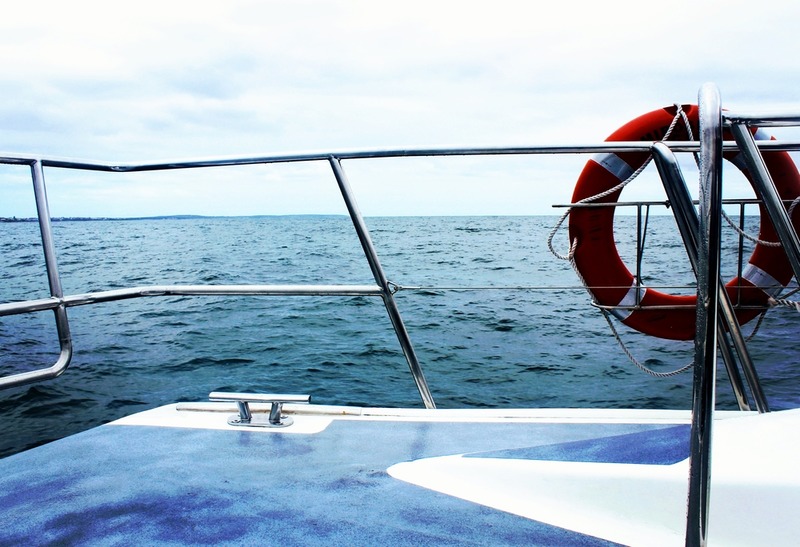Most of us haven’t read the Canada Shipping Act of 2001. There are a lot of valid reasons for that, not the least of which is how it’s not that much fun to sit down and actually read the Canada Shipping Act. However, in between all the legalese and laws about Transport Canada boat registration, there are plenty of great recommendations and regulations about what you should do in regards to boating safety. Below are some summaries of what it says. You don’t have to take these actions because they’re in the Canada Shipping Act, you might want to take them because they can make your vessel safer.
Transport Canada Boat Registration Small Vessel Regulations
You have to have specific safety equipment on board your vessel. You might ask “what does ‘specific safety equipment’ mean?” Well, to start, that’s determined by the size of your craft. At a minimum, you want to have a personal flotation device for everyone. You want to make sure that you have first aid, too. It can’t hurt to have some kind of failsafe way to communicate with the shoreline. While we’re speaking of the shoreline, before you disembark from it, tell someone on shore where you’re going and how long you’ll be gone. That’s just the bare minimum.
Checking on the Equipment
If you’ve looked through literature about boating safely in Canada, you may know there are phrases in there like “the operator of a pleasure craft has to make sure all of the required equipment for the vessel is maintained and in proper working order.” Again, this isn’t something that you have to do because it fits into some narrow rule; you want to do this because it makes for a better trip. So, before you head out, make sure that the engine is in good shape. Check the fuel. Be sure to check the boat itself, that way you cut down on your chances of having a nasty surprise once you’re out in the water. This isn’t the kind of check that’s going to take you hours and hours, either.

The Right Pyrotechnic Distress Signals
In the past, we might have called them “flares,” but today, they have the far better name of “pyrotechnic distress signals.” If you have a band and are looking for a great album name, you may want to consider that. There’s nothing funny about these pyrotechnic distress signals themselves, however, as they’re deadly serious. First off, as with anything containing the word “pyrotechnic,” you want to be as safe with these as possible. Always aim them away from people on the boat.
You also want to make sure that they’re in good shape, too. It may seem odd for something called a “pyrotechnic distress signal,” but they can actually go bad. The last thing you would ever want is to need a pyrotechnic distress signal and then find that the one you have doesn’t work. So, you want to make sure you get the best kind of pyrotechnic distress signal. Those are the ones that have been approved by the “Department of Transport Canada.”
However, even if you have these signals, they aren’t “approved” if it’s been four years since they were made. You don’t have to guess as to when they were constructed, as the date is marked on the symbol itself. This is the kind of thing that you should notice during a routine check of your vessel. If it’s been three years, why wait? You may want to get a new signal now.
Safe Speed
One thing that regulations go into is “keeping a safe speed,” and how you want to maintain a “safe speed.” As you might imagine, the phrase “safe speed” is open to a lot of interpretation. Common sense, of course, plays a rule. If you feel like you’re going too fast, you’re going too fast. However, there are other factors that are more important when it comes to a safe speed. You have to take into account how close you are to navigational hazards, such as the shore, rocks and more. You have to note the state of the wind, as well as the sea and specifically the current.
Visibility is most important. If your visibility is low, then your speed should be, too. The same goes for high traffic: if there are a lot of vessels around, you want to move delicately. Following the above advice as well as common sense, you should be well on your way. Of course, the Canada Shipping Act has a lot to say about vessel registration as well. To be fully compliant with it, stop by our site. There, you can find all of the different forms of boat registration you might need. For more info, call us at (800) 419-9569.

